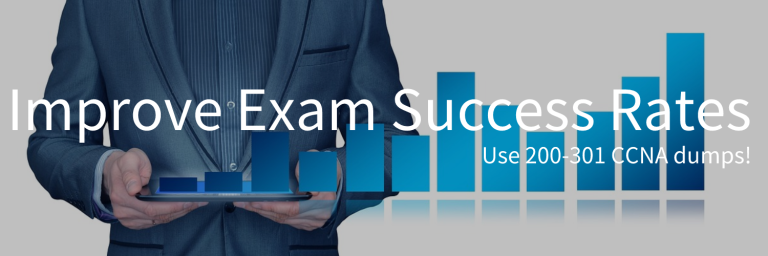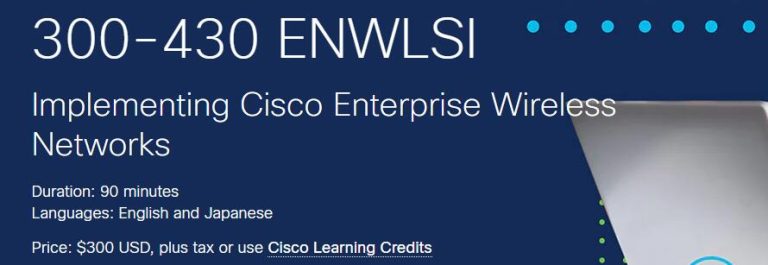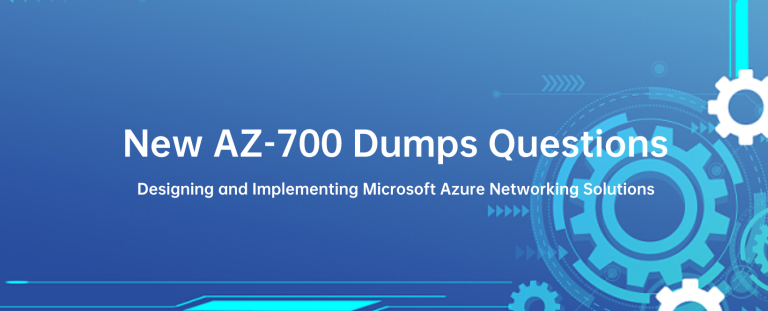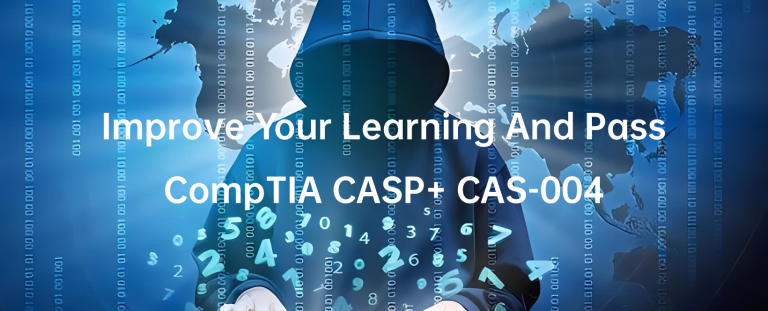Now are you in preparation for Cisco 700-172 dumps training materials? The FlexPod Sales (700-172) exam is a 45-minute, 35−45 item exam assessment in pass4itsure that is associated with the Cisco certification. 100% pass rate Cisco 700-172 dumps FlexPod Sales exam guide questions answers video training. “FlexPod Sales” is the exam name of Pass4itsure Cisco 700-172 dumps test which designed to help candidates prepare for and pass the Cisco 700-172 exam. Our Cisco Cisco 700-172 dumps practice test are updated in a timely manner in accordance with the changing of dumps objectives. In fact, the success is not far away, go down along with Pass4itsure, then you will come to the road to success. After years of research in IT dumps certification, our Pass4itsure has become a leader of IT industry. Our dumps software is consisted of comprehensive and diverse questions. Besides, as Pass4itsure know, once you have obtain Cisco https://www.pass4itsure.com/700-172.html dumps certification, your career in IT industry will be much easier.
[New Cisco 700-172 Dumps Release From Google Drive]: https://drive.google.com/open?id=0BwxjZr-ZDwwWQm8wSzFwYndIWjg
[New 117-202 Dumps Release From Google Drive]: https://drive.google.com/open?id=1aY57mh_3ccN5_01gGk8V4gs68ZLp_hVa
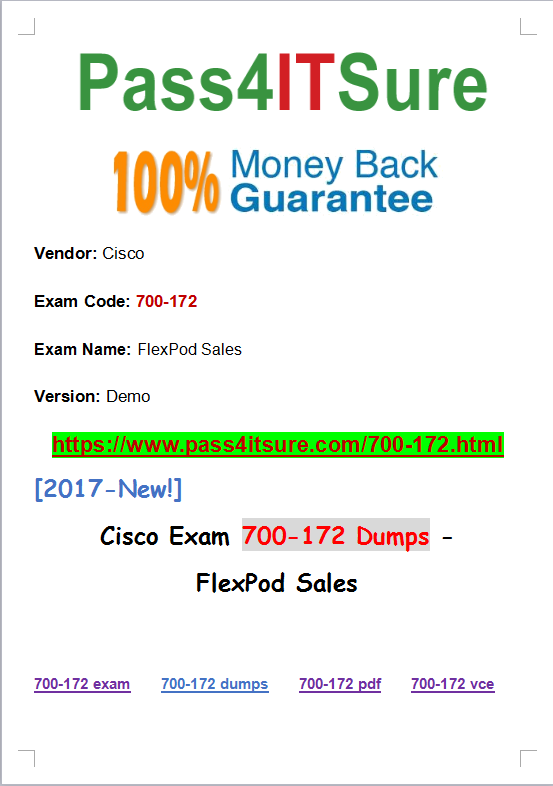
Pass4itsure Cisco 700-172 Dumps Training Program Online Here:
QUESTION 18
Which cloud computing characteristic enables consumers to grow and shrink the demand for resources dynamically?
A. Rapid elasticity
B. Resource pooling
C. Measured service
D. On-demand self-service
700-172 exam Correct Answer: A
Explanation
Explanation/Reference:
Explanation:
Rapid Elasticity
Capabilities can be elastically provisioned and released, in some cases automatically, to scale rapidly outward and inward commensurate with demand. To the consumer, the capabilities available for provisioning often appear to be unlimited and can be appropriated in any quantity at any time. Consumers can leverage rapid elasticity of the cloud when they have a fluctuation in their IT resource requirements. For example, an organization might require doubling the number of web and application servers for a specific duration to accomplish a specific task. For the remaining period, they might want to release idle server resources to cut down the expenses. The cloud enables consumers to grow and shrink the demand for resources dynamically.
QUESTION 19
Which operation is performed while creating a VM snapshot?
A. Create a delta file to record changes to the virtual disk since the session is activated
B. Capture the configuration data of a VM to create an identical copy of the VM
C. Create a journal volume to update changes to the snapshot
D. Create a “Gold” copy of the snapshot before copying changes to the virtual disk
Correct Answer: A
Explanation
Explanation/Reference:
Explanation:
VM Snapshot
VM Snapshot captures the state and data of a running virtual machine at a specific point in time. The VM state includes VM files, such as BIOS, network configuration, and its power state (powered-on, powered off, or suspended). The VM data includes all the files that make up the VM, including virtual disks and memory. A VM Snapshot uses a separate delta file to record all the changes to the virtual disk since the snapshot session is activated. Snapshots are useful when a VM needs to be reverted to the previous state in the event of logical corruptions. EMC E10-001 Student Resource Guide. Module 11: Local Replication
QUESTION 20
Which cloud computing capability enables monitoring and reporting resource usage?
A. Metering
B. Pooling
C. Self-service requesting
D. Publishing
700-172 dumps Correct Answer: A
Explanation
Explanation/Reference:
Explanation:
Measured Service
Cloud systems automatically control and optimize resource use by leveraging a metering capability at some level of abstraction appropriate to the type of service (example, storage, processing, bandwidth, and active user accounts). Resource usage can be monitored, controlled, and reported, providing transparency for both the provider and consumer of the utilized service.
QUESTION 21
In the context of protecting the FC SAN infrastructure, what is an example of infrastructure integrity?
A. Preventing node login to the fabric without proper authorization
B. Implementing iSNS discovery domains
C. Implementing an FSPF algorithm to create a virtual SAN
D. Not permitting physical segmentation of nodes
Correct Answer: A
Explanation
Explanation/Reference:
Explanation:
Security controls for protecting the storage infrastructure address the threats of unauthorized tampering of data in transit that leads to a loss of data integrity, denial of service that compromises availability, and network snooping that may result in loss of confidentiality. The security controls for protecting the network fall into two general categories: network infrastructure integrity and storage network encryption. Controls for ensuring the infrastructure integrity include a fabric switch function that ensures fabric integrity. This is achieved by preventing a host from being added to the SAN fabric without proper authorization. Storage network encryption methods include the use of IPSec for protecting IP-based storage networks, and FC SP for protecting FC networks.
QUESTION 22
What is true about parity-based RAID?
A. Parity is updated each time a write is performed
B. Parity is read each time a read is performed
C. Parity is updated only when writes fill a stripe
D. Parity is updated each time when both reads and writes are performed
700-172 pdf Correct Answer: A
Explanation
Explanation/Reference:
Explanation:
Compared to mirroring, parity implementation considerably reduces the cost associated with data protection. Consider an example of a parity RAID configuration with five disks where four disks hold data, and the fifth holds the parity information. In this example, parity requires only 25 percent extra disk space compared to mirroring, which requires 100 percent extra disk space. However, there are some disadvantages of using parity. Parity information is generated from data on the data disk. Therefore, parity is recalculated every time there is a change in data. This recalculation is time-consuming and affects the performance of the RAID array. When choosing a RAID type, it is imperative to consider its impact on disk performance and application IOPS. In both mirrored and parity RAID configurations, every write operation translates into more I/O overhead for the disks, which is referred to as a write penalty. In a RAID 1 implementation, every write operation must be performed on two disks configured as a mirrored pair, whereas in a RAID 5 implementation, a write operation may manifest as four I/O operations. When performing I/Os to a disk configured with RAID 5, the controller has to read, recalculate, and write a parity segment for every data write operation.
QUESTION 23
What is an accurate statement about a gateway NAS solution?
A. NAS head and storage are managed independently
B. Consolidates file-level and block-level access on a single storage platform
C. Provides integrated management for both NAS head and storage
D. Creates a single file system that runs on all NAS heads
Correct Answer: A
Explanation
Explanation/Reference:
Explanation:
A gateway NAS device consists of one or more NAS heads and uses external and independently managed storage. Similar to unified NAS, the storage is shared with other applications that uses block-level I/O. Management functions in this type of solution are more complex than those in a unified NAS environment because there are separate administrative tasks for the NAS head and the storage. A gateway solution can use the FC infrastructure, such as switches and directors for accessing SAN-attached storage arrays or direct-attached storage arrays. The gateway NAS is more scalable compared to unified NAS because NAS heads and storage arrays can be independently scaled up when required. For example, NAS heads can be added to scale up the NAS device performance. When the storage limit is reached, it can scale up, adding capacity on the SAN, independent of NAS heads. Similar to a unified NAS, a gateway NAS also enables high utilization of storage capacity by sharing it with the SAN environment.
QUESTION 24
What is prevented using RAID technology?
A. Data loss
B. Host Bus Adapter failures
C. Security breach
D. Switch failure
700-172 vce Correct Answer: A
Explanation
Explanation/Reference:
Explanation:
Today’s data centers house hundreds of disk drives in their storage infrastructure. Disk drives are inherently susceptible to failures due to mechanical wear and tear and other environmental factors, which could result in data loss. The greater the number of disk drives in a storage array, the greater the probability of a disk failure in the array. For example, consider a storage array of 100 disk drives, each with an average life expectancy of 750,000 hours. The average life expectancy of this collection in the array, therefore, is 750,000/100 or 7,500 hours. This means that a disk drive in this array is likely to fail at least once in 7,500 hours. RAID is an enabling technology that leverages multiple drives as part of a set that provides data protection against drive failures. In general, RAID implementations also improve the storage system performance by serving I/Os from multiple disks simultaneously. Modern arrays with flash drives also benefit in terms of protection and performance by using RAID.
QUESTION 25
Which process minimizes the exposure to a loss of uncommitted cached data when there is a power failure?
A. Cache vaulting
B. Cache mirroring
C. Low watermarking
D. Prefetching
Correct Answer: A
Explanation
Explanation/Reference:
Explanation:
Cache Data Protection
Cache is volatile memory, so a power failure or any kind of cache failure will cause loss of the data that is not yet committed to the disk. This risk of losing uncommitted data held in cache can be mitigated using cache mirroring and cache vaulting: Cache mirroring: Each write to cache is held in two different memory locations on two independent memory cards. If a cache failure occurs, the write data will still be safe in the mirrored location and can be committed to the disk. Reads are staged from the disk to the cache; therefore, if a cache failure occurs, the data can still be accessed from the disk. Because only writes are mirrored, this method results in better utilization of the available cache. In cache mirroring approaches, the problem of maintaining cache
coherency is introduced. Cache coherency means that data in two different cache locations must be identical at all times. It is the responsibility of the array operating environment to ensure coherency. Cache vaulting: The risk of data loss due to power failure can be addressed in various ways: powering the memory with a battery until the AC power is restored or using battery power to write the cache content to the disk. If an extended power failure occurs, using batteries is not a viable option. This is because in intelligent storage systems, large amounts of data might need to be committed to numerous disks, and batteries might not provide power for sufficient time to write each piece of data to its intended disk. Therefore, storage vendors use a set of physical disks to dump the contents of cache during power failure. This is called cache vaulting and the disks are called vault drives. When power is restored, data from these disks is written back to write cache and then written to the intended disks.
QUESTION 26
What are the three elements of the risk triad from an information security perspective?
A. Assets, threats, and vulnerabilities
B. Actions, threats, and vulnerabilities
C. Assets, threats, and countermeasures
D. Assets, countermeasures, and vulnerabilities
700-172 exam Correct Answer: A
Explanation
Explanation/Reference:
Explanation:
QUESTION 27
Which cloud computing characteristic enables consumers to request resources using a service catalog through a web-based user interface?
A. On-demand self-service
B. Broad network access
C. Metered services
D. Catalog management
Correct Answer: A
Explanation
Explanation/Reference:
Explanation:
On-Demand Self-Service
A consumer can unilaterally provision computing capabilities, such as server time and network storage, as needed automatically without requiring human interaction with each service provider. A cloud service provider publishes a service catalogue, which contains information about all cloud services available to consumers. The service catalogue includes information about service attributes, prices, and request processes. Consumers view the service catalogue via a web-based user interface and use it to request for a service. Consumers can either leverage the “ready-to- use” services or change a few service parameters to customize the services.
QUESTION 28
What is a purpose for distributing Switch Registered State Change Notifications (SW-RSCNs) in a fabric?
A. Updates the name server on all switches in the fabric
B. Stops or slows down transmissions from other switches in the fabric
C. Distributes configuration values and congestion notifications across the fabric
D. Exchanges requests for change notifications among distributed management servers
700-172 dumps Correct Answer: A
Explanation
Explanation/Reference:
Explanation:
Fabric Services
Each switch has a Fabric Controller located at the predefined address FFFFFD. The Fabric Controller provides services to both node ports and other switches. The Fabric Controller is responsible for managing and distributing Registered State Change Notifications (RSCNs) to the node ports registered with the Fabric Controller. If there is a change in the fabric, RSCNs are sent out by a switch to the attached node ports. The Fabric Controller also generates Switch Registered State Change Notifications (SW-RSCNs) to every other domain (switch) in the fabric. These RSCNs keep the name server up-to-date on all switches in the fabric.
Pass4itsure provide you with the comprehensive Cisco 700-172 dumps practice test to help you to succeed. Our training materials are the latest study materials which bring by experts. “FlexPod Sales”, also known as 700-172 exam, is a Cisco certification which covers all the knowledge points of the real Cisco exam. Pass4itsure help you achieve your success. You can get the most detailed and accurate Cisco 700-172 dumps questions and answers Pass4itsure from us. Pass4itsure Cisco 700-172 dumps exam questions answers are updated (112 Q&As) are verified by experts. The associated certifications of 700-172 dumps is Cisco. Cisco 700-172 dumps software, as one of the most popular software with best sales, has helped many candidates successfully pass Cisco https://www.pass4itsure.com/700-172.html dumps.
